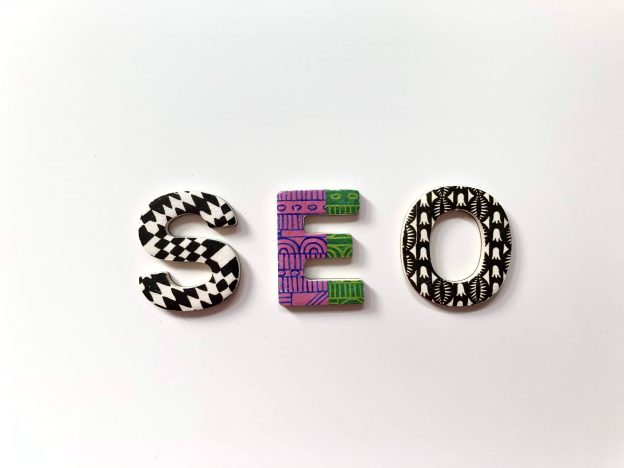When business magnate Elon Musk offered to purchase Twitter in April 2022, many thought it was a late April Fool’s joke. Unfortunately, this was not the case. Several months and a brief lawsuit later, Musk is now the new owner of a social network—and also $44 billion poorer.
Things seem to have gone downhill since then. Notable highlights include:
- An advertiser exodus so severe that Twitter began offering up to $500,000 in free ad spend. (Wall Street Journal)
- Twitter faces a lawsuit for unpaid rent for its San Francisco headquarters—and a second lawsuit for unpaid rent on an office in the UK. (CBC)
- Twitter begins auctioning away office supplies, including designer furniture, keyboards and USB drives. (Gizmodo)
- Reports emerge that employees have started bringing their own toilet paper to the office after Twitter cuts its janitorial services. (Insider)
- Twitter attempts to implement paid verification, then quickly walks back the feature after a tide of fake accounts impersonating celebrities and businesses. (The Washington Post).
- Former employees target Elon Musk with a class-action lawsuit after mass layoffs allegedly trigger multiple labor rights violations. (CNN Business)
- Guinness World Records reports that Elon Musk has lost more money than any person in history, totaling $200 billion from November 2021 to January 2023. The previous record was for $58.6 billion. (NPR)
Suffice it to say, Musk’s reputation as a brilliant innovator and businessman has taken a considerable hit. Multiple articles have emerged, such as Is Elon Musk a Genius or an Idiot?
For marketers and SEO specialists, there are several valuable lessons here:
- If your organization’s leadership is active on social media, everything they say and do reflects directly on your own brand. Musk’s oft-inflammatory and nonsensical tweets haven’t just changed people’s opinion of him. As noted by The Verge, they’ve also caused damage to several of his other brands, including Tesla.
- A little self-awareness and accountability go a long way. Throughout this fiasco, Musk has staunchly refused to hold himself accountable for Twitter’s spectacular collapse. Instead, he’s blamed everyone else, such as his tendency to fire engineers who criticize him and Musk himself blaming activists groups for the site’s loss of advertising revenue.
- Authenticity is everything for today’s users and Musk’s tendency to allegedly misrepresent his companies, as per The Hill, casts aspersions on everything he says.
At this point, it’s safe to say that both Twitter and Musk’s images may be similarly marred. Whether he pulls himself out of this or not,, the Twitter takeover will forever be etched in history as a playbook of what not to do when acquiring a social network—or using social media in general.











